Plymouth Superbird

Meet Chandler
Chandler has a bachelors and masters degree in history as well as a passion for classics and muscle cars. His education and historical knowledge makes him skilled at crafting highly detailed articles about America’s muscle cars and automotive history. His love of muscle cars is undeniable, with him seeking them out at every opportunity during his visits to auto shows and car meets. Chandler’s knowledge and enthusiasm towards automotive history make him a great asset to the Muscle Car Club community.
Only available for one year in 1970, the Plymouth Superbird is as rare as it is majestic. Plymouth built less than 2,000 Superbirds total, most of them to fulfill NASCAR’s homologation requirements at the time. Modeled on their Chrysler brethren’s 1969 Dodge Charger Daytona, the 1970 Superbird is one of the most iconic muscle cars of all time. Featuring only big block 440 and 426 HEMI engines, the Superbird was the ultimate at the time for street performance. Today, it is one of the most valuable collectors vehicles, with the ultra-rare 426 HEMI versions topping more than $2 million at auction.
The 1970 Plymouth Superbird
To understand the 1970 Plymouth Superbird, you have to understand the conditions that came together for its creation. You have probably heard of NASCAR referred to as stock car racing, even though the modern cars have virtually nothing in common with their mass produced cousins. However, there was a time when the cars competing on the track were very similar to their production variants. Enter the Plymouth Superbird.
The Superbird was based on and served as the successor to the Dodge Charger Dayton that was used for the 1969 and early part of the 1970 NASCAR season. While Dodge only needed to sell 500 units of the Daytona, new rules mandated that Plymouth sell one Superbird per dealership in order to compete.
Thus, just like Dodge with the 1969 Daytona, Plymouth made the 1970 Superbird available to the public, purely for homologation purposes. It did not sell particularly well, but did enough to make it eligible for NASCAR, which was the whole point anyway.
Plymouth would be rewarded for their invention of the Superbird. In 1969, Plymouth raced the Dodge Daytona and did very well, winning two races. The next year, the Daytona won another four before it was succeeded by the Superbird. The Superbird, piloted by the famous Richard Petty, won eight races in 1970, showing it to be an improvement over the Daytona – or maybe it was just the addition of Petty.
The Plymouth Superbird vs Dodge Daytona
The Plymouth Superbird was heavily based on two cars from 1969, the Dodge Daytona and the Plymouth Roadrunner. The Dodge Daytona is one of the most iconic cars in history, and looks incredibly similar to the Superbird at first glance. Dodge built the Daytona on top of the Charger two-door hardtop, while Plymouth used their version, the Roadrunner hardtop.
Though they both had the same body style and both had massive iconic wings, the Daytona and Superbird had many differences. The Superbird was 19 inches longer than the Daytona and had a new nose, and the airfoil wing itself was actually different, too. This arguably contributed to worse performance from the Superbird, and it was done to make it more aesthetically pleasing.
What’s with the wing/airfoil?
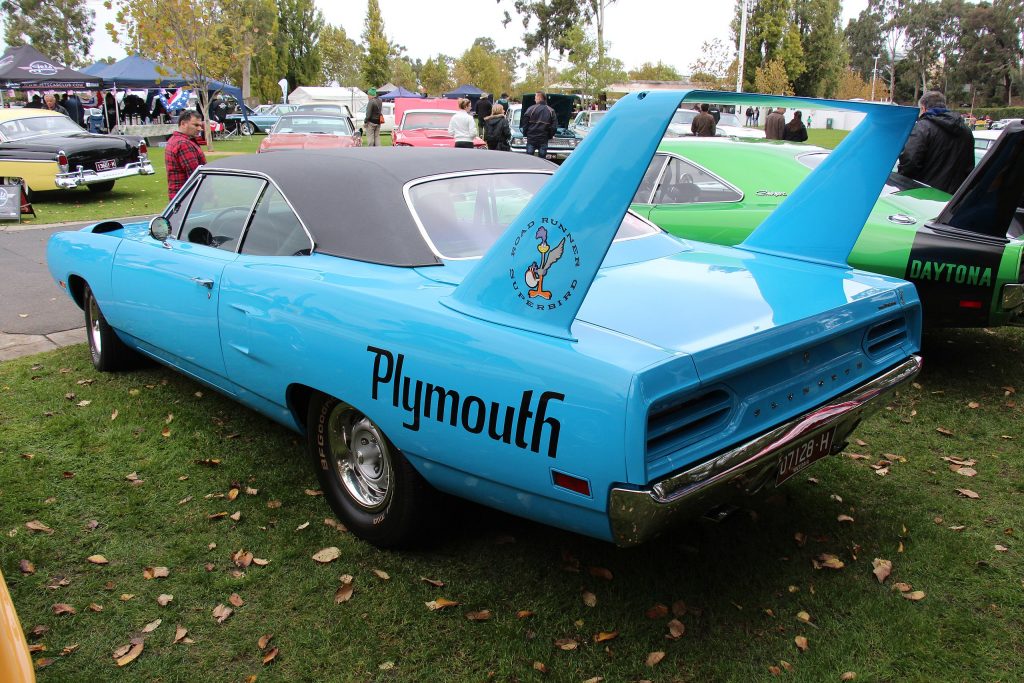
You might be wondering why Plymouth and Dodge gave the Daytona and Superbirds such interesting styling and resorted to putting huge rear wings on the back? The reason is related to engine displacement. At the time, NASCAR restricted engine displacement to 7.0 liters, and nothing bigger was allowed to compete.
For race teams, this meant they had to figure out how to make their cars more aerodynamic to shave off seconds, because they couldn’t just add a larger engine to crank up the horsepower. That resulted in the smooth styling and massive rear-deck airfoil of the Superbird, which in hindsight had served to keep it as one of the most distinct and iconic muscle cars of the entire era.
The Richard Petty Superbird
The NASCAR Plymouth Superbird was driven by none other than the legendary Richard Petty. Petty had raced with Plymouth in 1968 using the Dodge Charger 500, but left in 1969 to drive the new Ford Torino Talladega. Plymouth lured him back to the fold in 1970 with the creation of the Superbird, which he piloted to eight victories that NASCAR season.
The Richard Petty Superbird had the 426 HEMI engine, which came in at just under the 7.0 liter displacement limit. For 1971, NASCAR changed the rules to make things safer, and the Superbird was discontinued. Today, the Richard Petty Superbird is available to be seen at the Richard Petty Museum in North Carolina.
Plymouth Superbird Engine Technical Specifications
| Model Years | Engine | Horsepower | Torque |
| 1970 | 440 cid V8 (4bbl) | 375 horsepower | 480 lb-ft |
| 1970 | 440 cid V8 (3x2bbl) | 390 horsepower | 490 lb-ft |
| 1970 | 426 cid V8 (HEMI) (2x4bbl) | 425 horsepower | 490 lb-ft |
Plymouth Superbird Engines and Performance
For the sole year that it was available, Plymouth offered the 1970 Superbird with three different naturally aspirated engine options. The most popular was the base “Super Commando” 440 cid V8 with a Carter AVS-4737-S four barrel carburetor. The compression ratio was 9.7:1, and it made 375 horsepower and 480 lb-ft of torque. According to Road and Track Magazine in April 1970, the base 440 Superbird could do the ¼ mile in 14.26 seconds @ 103.7 mph.
The next step up was the same Super Commando 440, but with a Holley six-pack strapped to it instead of the Carter four-barrel. The six-pack was a unique MOPAR invention that saw three Holley double-barrel carbs put together to make a giant six-barrel version. Plymouth also raised the compression on the 440+6 to 10.5:1. Predictably, power output was higher on the six-pack vs the base, at 390 horsepower and 490 lb-ft of torque.
Finally, the top dog of the engines was the 426 cid HEMI V8, one of the most iconic and legendary MOPAR engines in history. Though it was smaller in displacement than the Super Commando, the 426 HEMI made 425 horsepower and 490 lb-ft of torque, an increase of 35 horsepower. It had a slightly lower 10.2:1 compression ratio, but also had a considerably larger carb.
For the HEMI, Plymouth strapped two Carter AFB-3085-S four-barrel carbs together to create an eight-barrel behemoth. According to 1970 Car and Driver, the HEMI powered Superbird could go from zero to 60 mph in 4.8 seconds, and run the ¼ mile in 13.5 seconds @ 105 mph.
Transmission Options
For the transmission, the Superbird had two different options. First, there was the three-speed 727 TorqueFlight Automatic. The TorqueFlight 727 used an aluminum instead of cast-iron case, and was incredibly strong. Chrysler frequently used it on their high-horsepower and large displacement engines at the time.
The other option was the four-speed New Process A833 manual. The A833 used a cast-iron case and was also incredibly durable, being the Chrysler flag-ship manual like the TorqueFlite was for the automatic. Of the two, the TorqueFlight was more popular in the 440 Super Commandos, while the manual was the more popular option for the 426 HEMI.
Plymouth Superbird Production Numbers and Factory Pricing
| Model Year | Engine | Production Total |
| 1970 | 440 V8 (4bbl) (MT) | 466 |
| 440 V8 (4bbl) (AT) | 618 | |
| 440 V8 (4bbl) Total | 1,084 | |
| 1970 | 440 V8 (3x2bbl) (MT) | 308 |
| 440 V8 (3x2bbl) (AT) | 408 | |
| 440 V8 (3x2bbl) Total | 716 | |
| 1970 | 426 V8 (2x4bbl) (MT) | 77 |
| 426 V8 (2x4bbl) (AT) | 58 | |
| 426 V8 (2x4bbl) Total | 135 | |
| Total | 1970 Production Total | 1,935 |
Though some sources do vary, most agree that in total there 1,935 Plymouth Superbirds built for the 1970 model year. The most popular engine option was the 440 Super Commando with the four-barrel carb, which sold 1,084 total units. Next up was the 440+6 Super Commando, which sold slightly less 716 total units. The almighty 426 HEMI powered Superbird sold just 135 examples, making them extremely rare today.
Interestingly, the HEMI was the only model that had a higher ratio of manual transmission sold vs automatic transmissions. It was not an extra charge for either transmission. So it’s curious that anyone would opt for an automatic in such a performance oriented car.
Without any options, the lowest priced Superbird was that with the standard 440 Super Commando, priced at just $4,298. The 440+6 Superbird was slightly more expensive at $4,548, while the top of the line HEMI was $5,139.
Some of the options included front power disc-brakes, a six-way seat adjuster, sure grip differential, rear window defogger, hood pins, tinted windshield, color-keyed mats, 14 inch chrome wheels, a two-spoke steering wheel, and a vinyl roof. For those living in California, a noise reduction and N95 emissions package were required. The noise reduction was no charge, but the emissions cost $37.85 extra.
Plymouth Superbird Legacy
Though it was short lived, the 1970 Plymouth Superbird will long be considered one of the most iconic vehicles from the muscle car era. With its unique styling, massive airfoil-wing, and huge 426 and 440 cid V8 engines, the Superbird sticks out from the crowd – but in a good way. For muscle car and MOPAR fans, it is one of the most recognizable vehicles of all-time, and always garners a second take when it’s seen in the wild.
Today, Superbirds are largely relegated to car shows and the occasional race team, with them being pretty rare to spot out on the public roads. This is largely due to their incredibly limited production, especially the 426 HEMI – of which less than 150 were ever built. Even the base 440 Super Commando Superbirds go for well over $200,000 at most auctions, with the HEMIs boasting over $2 million in some cases.
For many, the Superbird represents everything that was right with the high days of the muscle car. It is more plentiful than the similarly spec’d Dodge Daytona, and for some looks better than it too. Do you have a Plymouth Superbird or any fun stories about them? Let us know in the comment section below!
* Thanks to John Gunnell’s “Standard Catalog of American Muscle Cars” for production figures and engine specifications.


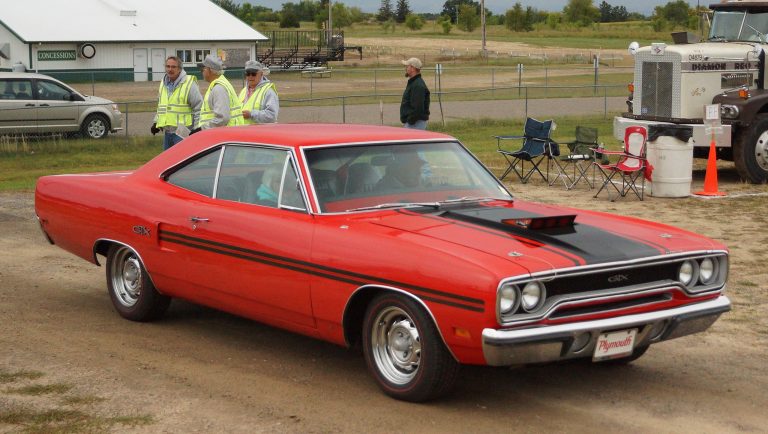
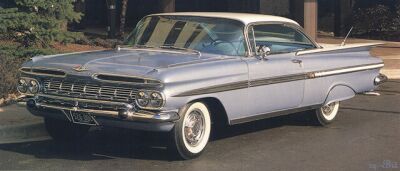
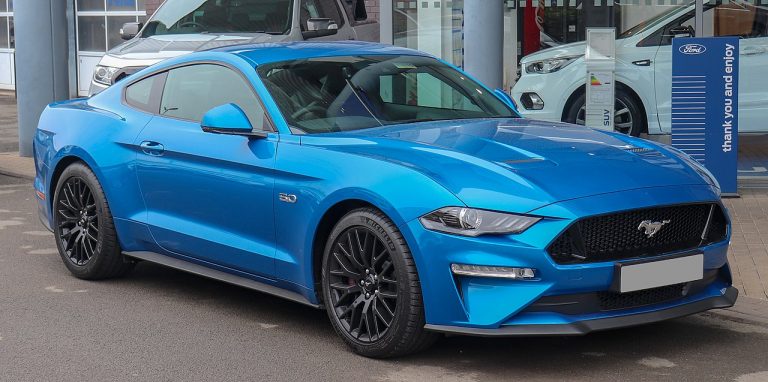
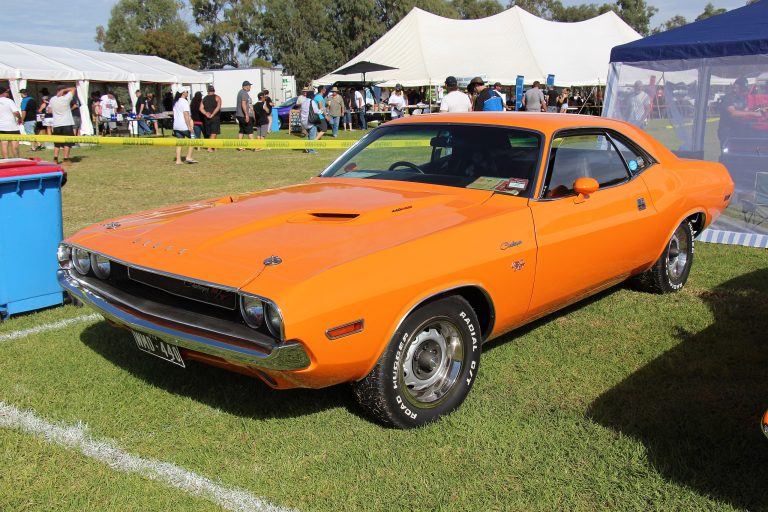
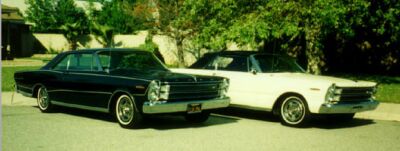
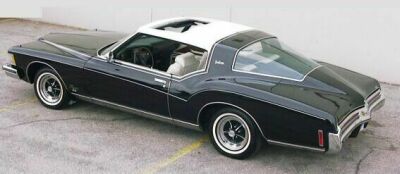
Thanks Chandler for the information.
I was 11 years old when on a Saturday morning we heard a car coming up our driveway and I looked out the window to see what was something from outer space lol. But wait, it was my uncle who just purchased the competition orange with black interior and black vinyl top . It was the 1970 Superbird! OMG. I was into the muscle car craze and he promised me that car when I turned 16 ( my uncle liked to hit the bottle sometimes)but he got tired of being pulled over even for a cop just to view the car!
I’ve always longed to know what happened to that car just to know. I’m pretty sure I can’t afford it but to see even a picture would be awesome.
I know the dealership has since closed but my curiosity has me wondering if there is a way to run down the information of the car or where my uncle registered the car to start the pursuit.
Thoughts ?
Allen The Superbird Stalker!!!